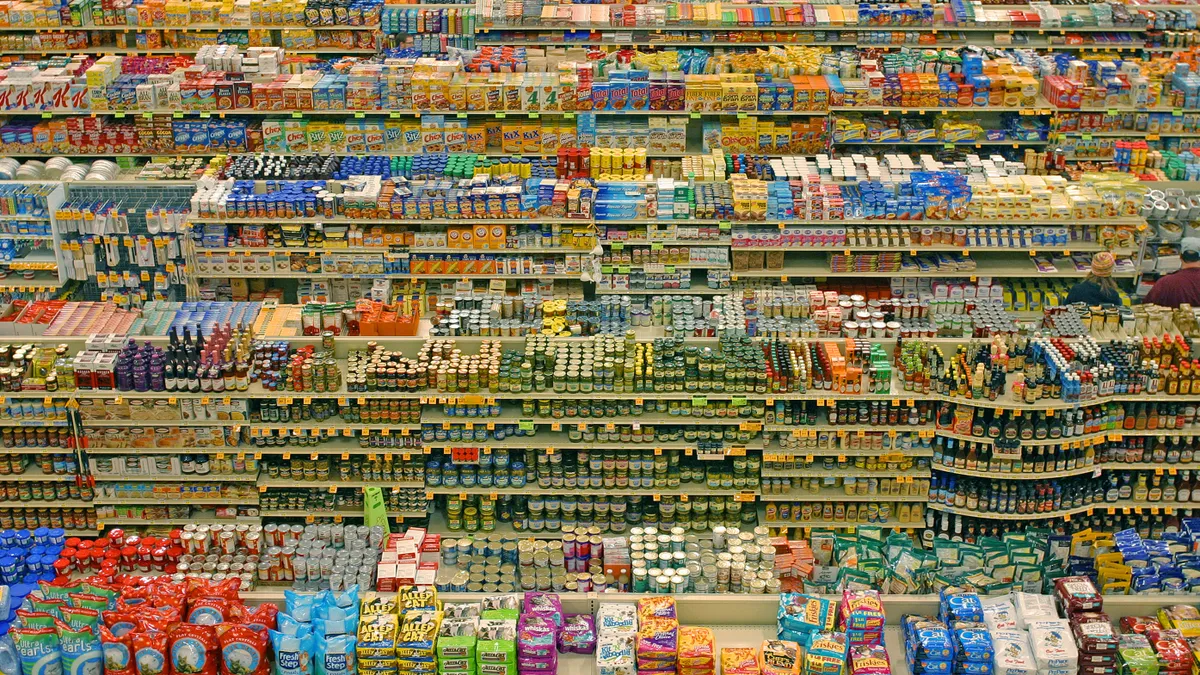Dive Brief:
- A survey of corporate retail professionals conducted by Wakefield Research and Bossa Nova Robotics found 73% of respondents consider inaccurate forecasting "a constant issue" for their store. Another 66% said the same for price inaccuracy, and 65% said they struggle with the ability to track inventory through their supply chain.
- It also found that 87% of respondents consider inaccurate inventory a larger factor in revenue loss than theft. The survey has a sample size of 100, a margin of error of 9.8% and was conducted online.
- What companies should do about this was less clear from the survey results. It found 67% of retailers agree that analyzing inventory is not an effective use of employee time, but 70% also agree automating the monitoring of on-shelf conditions is not worth the investment. It did find that 74% of retailers think robots, if used in their stores, would increase inventory accuracy.
Dive Insight:
Bossa Nova is not exactly an independent arbitrator in the case of using automation to improve on-self inventory — they sell a robot that does just this. But these numbers do tell us something: retailers struggle with inventory, they think automation can help, but they think it's too expensive right now.
This might be why the companies investing in these systems presently are some of the nation's largest retailers, such as Ahold Delhaize and Walmart.
The benefit these companies see in the investment? Data.
Shelf-scanning robots provide insight into what products are on the shelf, which provides greater insight into what is selling. This is all information retailers can share with suppliers.
"We’re more interested in the big data portion of this and understanding what we can do with that data once we get it back," Dave Steck, vice president of IT and infrastructure with Schnucks, told Grocery Dive earlier this year. Schnucks has a Simbe Robotics Tally robot taking inventory in stores.
Forecasting, like all statistics, is not an exact science. (That's why this survey has a margin of error.) So there are some changes to demand retailers will never see coming.
But there are examples of forecasts that have become increasingly accurate over the years thanks to improvements in data collection. For example, weather forecasts are accurate about 80% of the time, which is impressive. This is thanks to a web of satellites and other devices collecting data that are the fuel for forecasting models run on government supercomputers.
If retailers want to improve their inventory forecasting, then more and better data will probably play an important role in making that happen. Whether that will be collected by an aisle roaming robot ... that will be up to each individual retailer.














